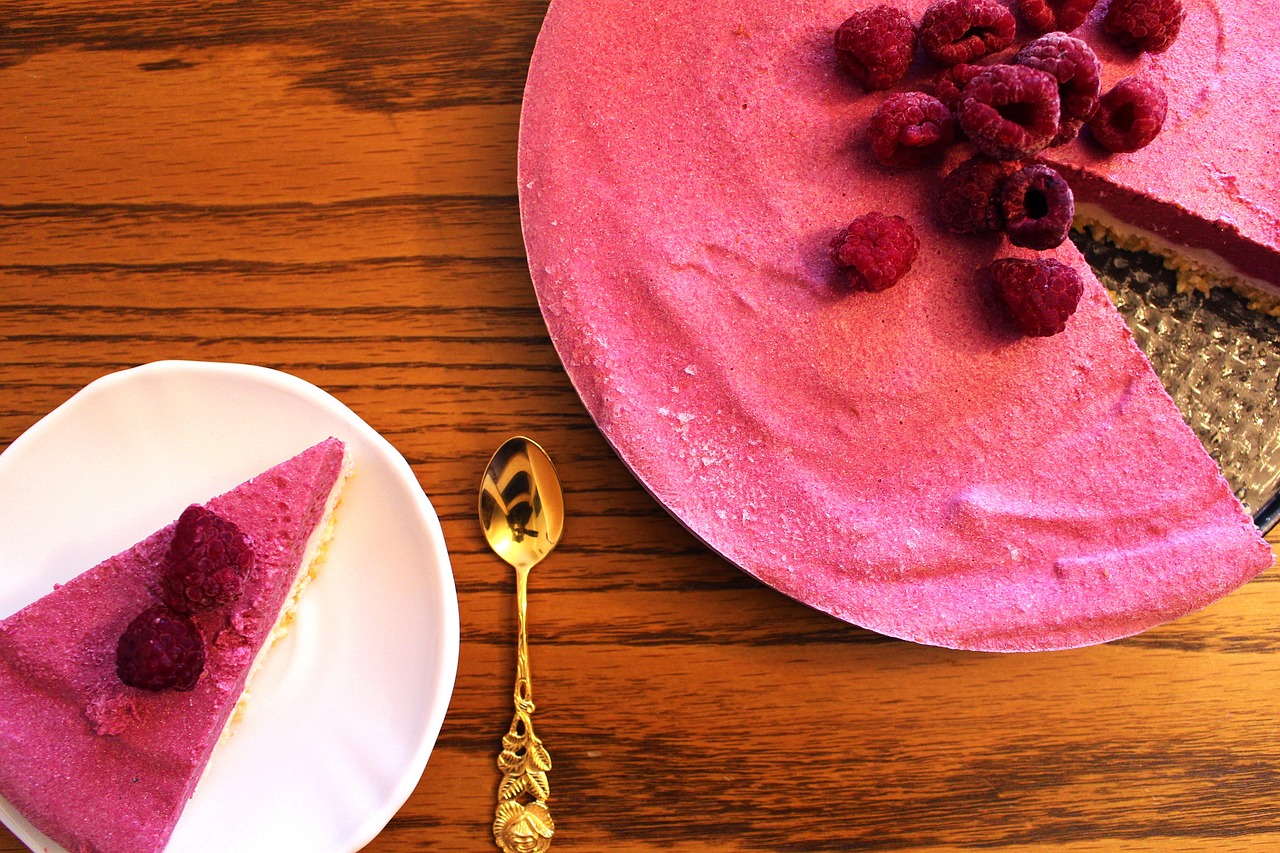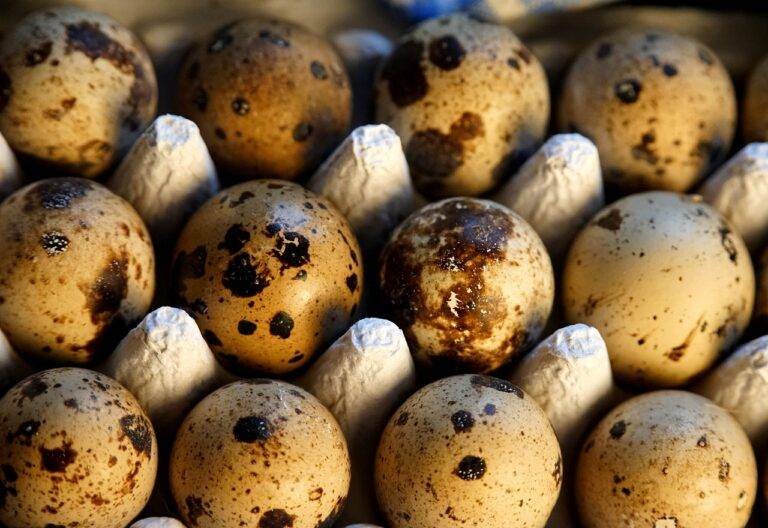The Science of Food Texture: Exploring Sensory Perception
Food texture refers to the physical consistency and structure of a food product. It encompasses how food feels in the mouth, such as whether it is crunchy, creamy, chewy, or smooth. Texture plays a crucial role in determining the overall sensory experience of consuming food, influencing our perception of taste, flavor, and even quality.
The importance of food texture lies in its ability to enhance or detract from the enjoyment of a dish. It can contribute to the overall eating experience by providing contrast, variety, and satisfaction. Texture also affects how we perceive the freshness and ripeness of ingredients, adding another dimension to our sensory perception of food.
How is Food Texture Perceived by the Human Senses?
The perception of food texture by the human senses involves a complex interplay of tactile sensations within the mouth. As we take a bite of food, our sense of touch comes into play, detecting the chewiness, crispness, or smoothness of the item being consumed. This information is sent to the brain, which then processes it to determine factors like the food’s hardness, elasticity, and overall mouthfeel.
In addition to touch, our sense of taste also contributes to the perception of food texture. The combination of flavors, aromas, and tactile sensations create a holistic experience that helps us distinguish between foods with varying textures. For example, the crunch of a fresh apple, the creaminess of a spoonful of ice cream, or the tenderness of a piece of steak all provide unique textural experiences that add depth and enjoyment to the act of eating.
What is food texture?
Food texture refers to the physical properties of food that can be felt while it is being eaten. It includes characteristics such as crispiness, chewiness, smoothness, and thickness.
Why is food texture important?
Food texture plays a crucial role in the overall eating experience. It can affect the perception of flavor, satisfaction, and enjoyment of a dish. Texture also influences how full or satisfied we feel after eating.
How is food texture perceived by the human senses?
Food texture is perceived primarily through the sense of touch, as our mouths and tongues come in contact with the food. However, texture can also be influenced by our sense of sight, hearing (crunching sounds), and even smell.
Can food texture impact the taste of a dish?
Yes, food texture can greatly impact the taste of a dish. For example, a crunchy texture can enhance the perception of freshness, while a creamy texture can make a dish feel more indulgent.
Are there cultural differences in how food texture is perceived?
Yes, cultural background can influence how people perceive food texture. For example, some cultures may prefer softer textures, while others may prefer more chewy or crispy textures.





